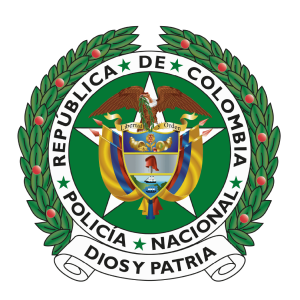U2 | L2 Interactive Resource
Page 07
Level C1
As Maria and Tom continued their journey through Medellín, they became more comfortable asking and giving information about how things were done. They realized that clear communication made their interactions more meaningful and allowed them to understand the local way of life better.

One afternoon, they visited a coffee plantation in the countryside. They had always been curious about the process of coffee production, so they joined a guided tour. Their guide, Santiago, was passionate about coffee and eager to share his knowledge.
Click on each item for more information
Using Passive Voice to Describe Processes
As Santiago explained how coffee is made, he often used the passive voice, which is common in descriptions of processes:
- The coffee beans are harvested by hand to ensure quality.
- After that, they are washed and left to dry under the sun.
- Once dried, they are roasted at high temperatures to develop their flavor.
The passive voice focuses on the action rather than the person performing it, making it ideal for explaining how things are done. Maria and Tom noticed this and tried using it themselves:
- So, the beans are dried for how long?
- Are they ground immediately after roasting?
Comparing Different Methods: Active vs. Passive Voice
When Tom asked if there were different methods for processing coffee, Santiago explained:
Active voice (focus on the person performing the action):

- Farmers wash the beans carefully before drying them.
- The workers roast the beans at 200°C.
Passive voice (focus on the process itself):

- The beans are washed carefully before drying.
- The beans are roasted at 200°C.
Both structures are correct, but the passive voice is more common in instructional or explanatory contexts.
Explaining Methods and Instruments Used in a Process
Maria, eager to learn more, asked about the tools used in coffee production:
- What kind of equipment is used to grind the beans?
- Is the coffee brewed using a filter or a press?e days.
- Which method is preferred for making traditional Colombian coffee?
Santiago provided detailed explanations:
- The beans are ground using a manual grinder or an electric machine.
- In Colombia, coffee is traditionally brewed using a cloth filter called a “colador.”
- Many baristas prefer the pour-over method because it enhances the aroma.
Using the Future Perfect Continuous to Discuss Learning and Experience
After tasting freshly brewed coffee, Tom reflected on everything they had learned:
- By the time this tour ends, we will have been learning about coffee production for almost two hours!
- If we continue traveling, we will have been discovering new techniques for making coffee around the world!
By using the Future Perfect Continuous, Tom emphasized the ongoing nature of their learning experience, showing how their knowledge had grown over time.
Conclusion: Mastering the Art of Explanation
María and Tom’s visit to the coffee plantation reinforced an important lesson: knowing how to ask and give information about processes enhances the travel experience. By understanding how things are done, they gained a deeper appreciation for local traditions.
As they left the plantation, Maria turned to Tom and said: By the time we return home, we will have been explaining the coffee-making process to everyone we meet!
